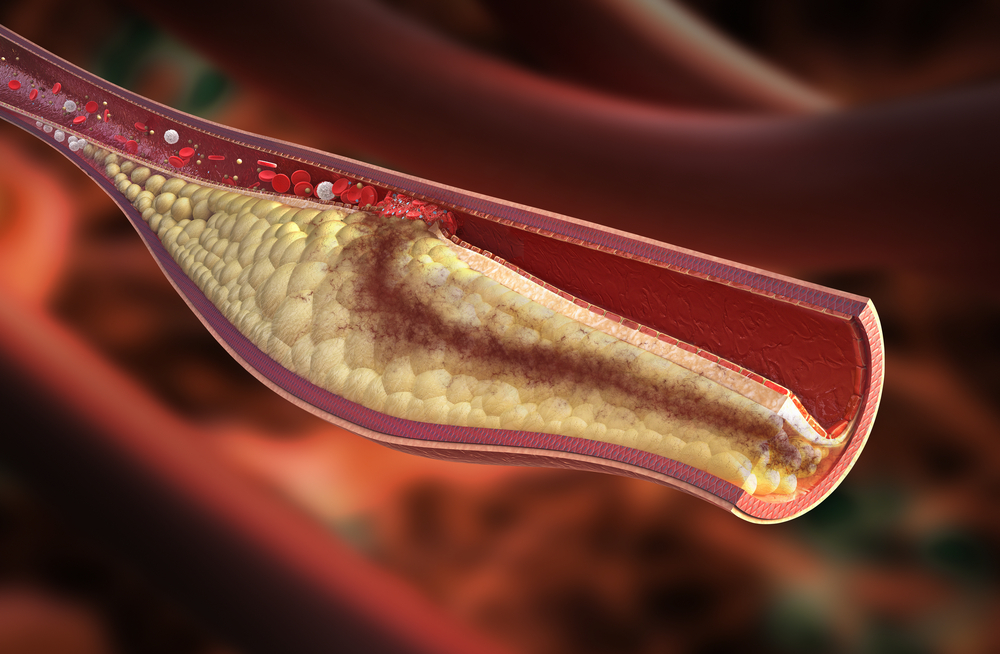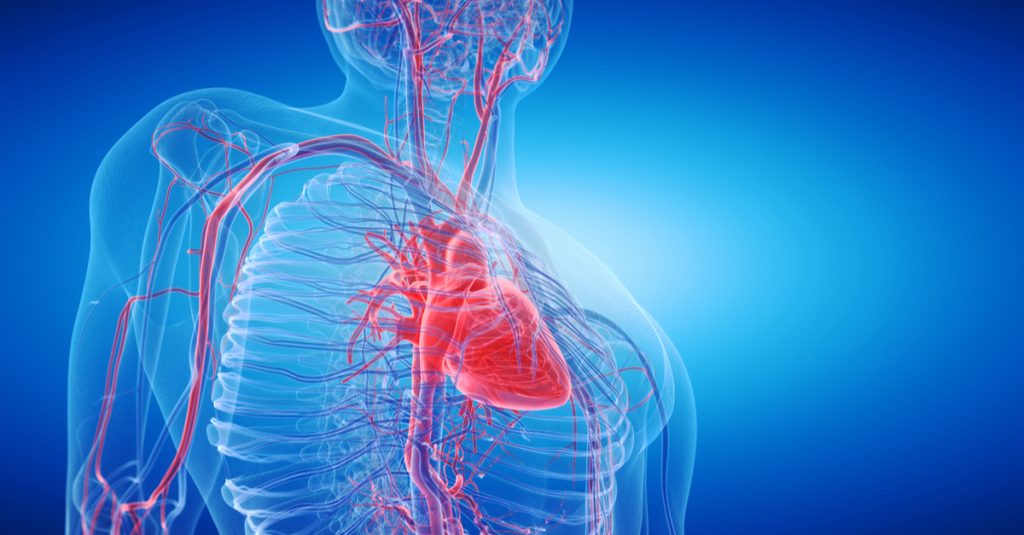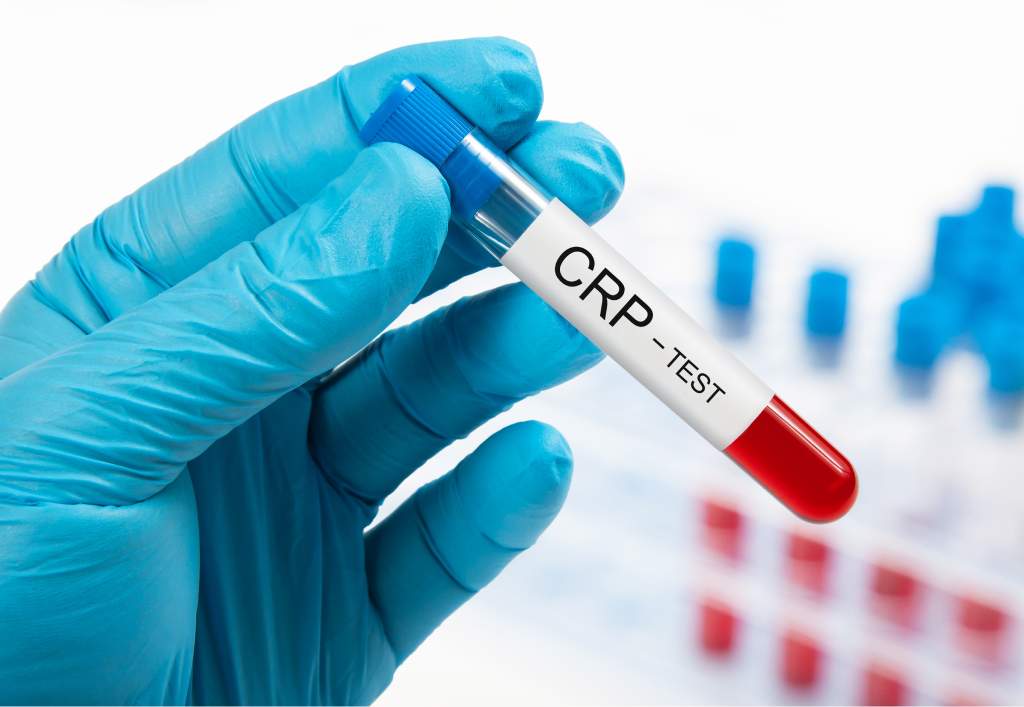How To Increase Good Cholesterol
How To Increase Good Cholesterol Read More »
Dietary strategies to lower levels of bad LDL cholesterol can negatively affect HDL cholesterol, which is quite common, unfortunately. However, it’s important to know how to increase good cholesterol to maintain a healthy heart. Therefore, there are a number of clinical strategies for treating atherosclerosis and boosting HDL cholesterol levels. Let’s take a look at some of these strategies and also explore what foods can help with increasing good cholesterol. This article was last reviewed by Svetlana Baloban, Healsens, on January 24, 2020. This article was last modified on 5 April 2022. How does HDL cholesterol affect cardiovascular disease? We have written more than once about the importance of a healthy lipid profile, if, in the future, you do not want to experience atherosclerosis, coronary heart disease, and stroke. But why did we decide to write specifically about good HDL cholesterol? Let’s start with numbers. In prospective epidemiological studies, each 1 mg/dL increase in HDL is associated with a 2–3% reduction in risk of coronary heart disease. This ratio is not affected by the level of bad LDL cholesterol and triglycerides due to the ability of good HDL cholesterol to reverse cholesterol transport. Let’s see what it means. So, reverse cholesterol transport (RCT) is a pathway through which cholesterol is transported from the artery walls to the liver so it can be excreted from the body. It is through this process that the body reduces the amount of plaque buildup in vessel walls and reverses atherosclerosis. Not surprisingly, data from the Framingham Heart Study showed that people with the highest HDL levels have the lowest risk of developing heart disease. IN THIS ARTICLE 1 How does HDL cholesterol affect cardiovascular disease? 2 How to increase good HDL cholesterol? 3 Diet Plan to Increase HDL 4 Aerobic exercise RELATED ARTICLES HDL Normal Range In Adult Treatment Panel III (ATP III) guidelines, the HDL cut-off for healthy individuals has been increased to at least 40 mg/dl in men and to 50 mg/dl in women. In general, the following HDL normal range was announced: <40 mg/dL ≥60 mg/dL Low HDL cholesterol High HDL cholesterol There are several factors that lead to low HDL cholesterol, namely: In our previous articles, we talked about ways to reduce bad cholesterol. Now it’s time to talk about how to increase good HDL cholesterol. Let’s start with the analysis of drug treatment. How to increase good HDL cholesterol? Medication to increase HDL Nicotinic Acid or Niacin The most widely used drug to increase HDL levels is nicotinic acid or niacin. Niacin is thought to reduce the risk of cardiovascular disease by lowering LDL cholesterol and increasing good HDL cholesterol. Therefore, niacin is often recommended for patients with low HDL cholesterol levels. One study reports that niacin can increase HDL levels by 25-35% at the highest doses. And if we talk about the situation of atherogenic dyslipidemia, then studies show a strong trend towards a decrease in the risk of coronary artery disease. It should be remembered that atherogenic dyslipidemia is characterized by low levels of high-density lipoprotein (HDL), high levels of triglycerides, and a high number of low-density lipoprotein (LDL) particles. Despite the apparent ability of niacin to increase HDL levels and lower LDL, not everything is so rosy. Studies have also shown that niacin can cause serious adverse events. Thus, among participants who received niacin/laropiprant tablets, there was a 55% increase in diabetes control disorders that were considered serious. » Discover how to lower your “bad” cholesterol. Ezetimibe Another drug that affects reverse cholesterol transport is ezetimibe. In a recent study, ezetimibe was shown to enhance macrophage reverse cholesterol transport in hamsters. However, as with niacin, ezetimibe as a primary agent has not been shown to improve patient outcomes. The ezetimibe and simvastatin ENHANCE study was designed to show that ezetimibe can reduce the growth of fatty plaques in the arteries. Patients with genetically high cholesterol were given only statins or ezetimibe plus simvastatin. The doctors then measured their LDL cholesterol levels and examined their arteries to measure plaque growth. As a result, LDL cholesterol decreased more with combination therapy, it did not improve the condition of the arteries. In fact, after 2 years of therapy, intima-media thickness increased more in the ezetimibe/simvastatin group. However, it is worth noting that patients with high cholesterol due to genetics may not represent the entire population. One way or another, but further studies of these drugs are currently being conducted. The results will help doctors conclude whether these drugs are an effective strategy for treating atherosclerosis. In any case, for people with high risk for CVD, who have excess weight, diabetes, metabolic syndrome, or a family history of CVD, it is worth discussing medical options with a cardiologist. Diet Plan to Increase HDL One of the most intriguing areas of research within treating atherosclerosis and heart disease is dietary intervention, including how to increase good cholesterol. Most doctors agree that diet is one of the most effective ways to prevent atherosclerosis, and that making dietary changes can help improve HDL cholesterol levels. This is true in reverse as well. Thus, additional research confirms that a Western diet high in meat, butter and dairy products plays a large role in the high rate of death from cardiovascular diseases. The most common dietary intervention is the consumption of fish. This is primarily because fish is correlated with an improved omega-3/omega-6 ratio and cardiovascular health. For example, a summary of dietary data showed that saturated fatty acid intake increased good HDL cholesterol without increasing bad LDL cholesterol. Other researchers have taken this idea further and even attempted to reverse cardiovascular disease through dietary interventions. The effect of plant-based nutrition on HDL cholesterol Vegetables and a vegan diet play a big role in normalizing your lipid profile and prevent atherosclerosis. The American Heart Association have released specific diet guidelines to prevent cardiovascular disease: In addition, studies show that a plant-based diet can help with regression of stenoses. So, in the study, 22 patients with severe coronary heart disease were observed











